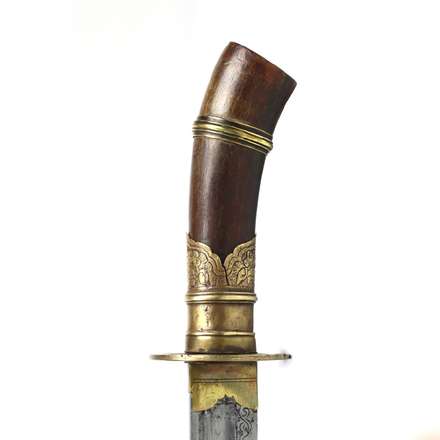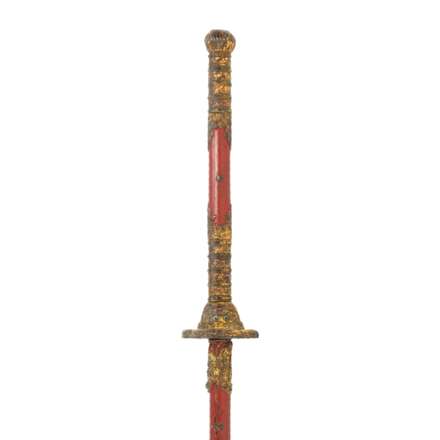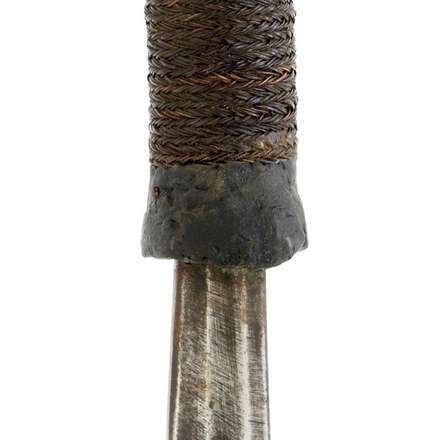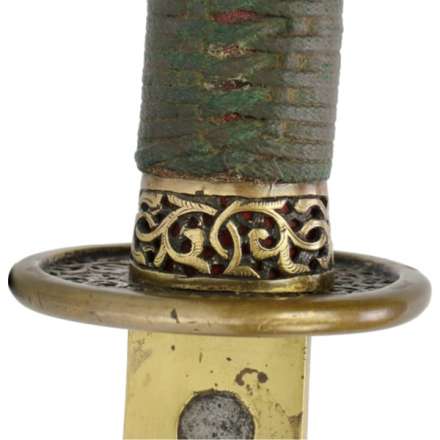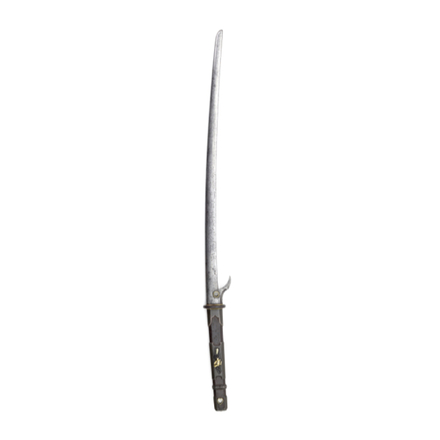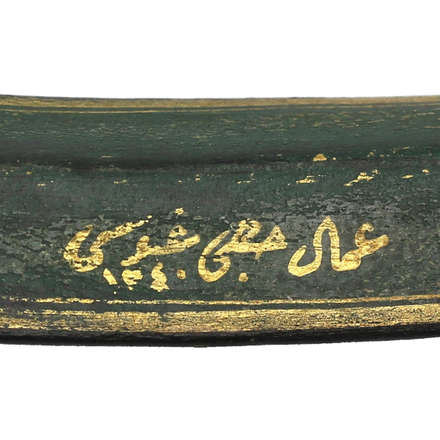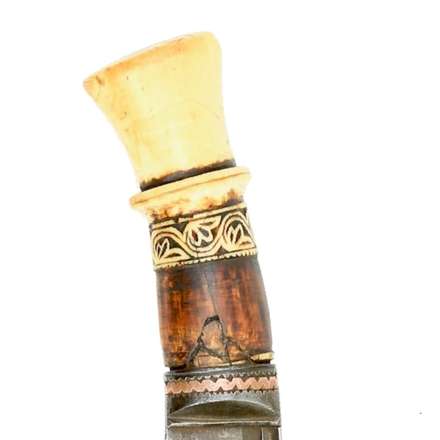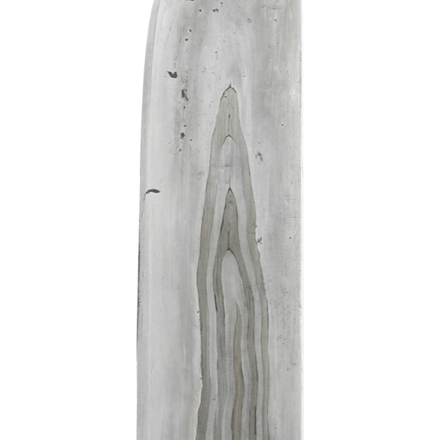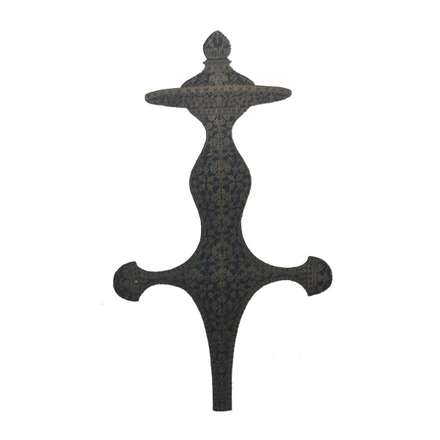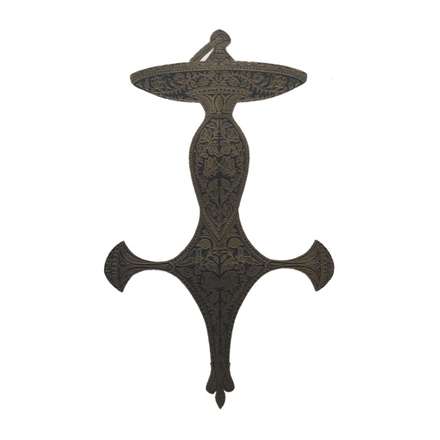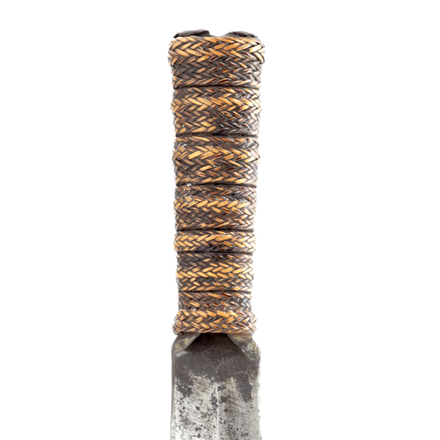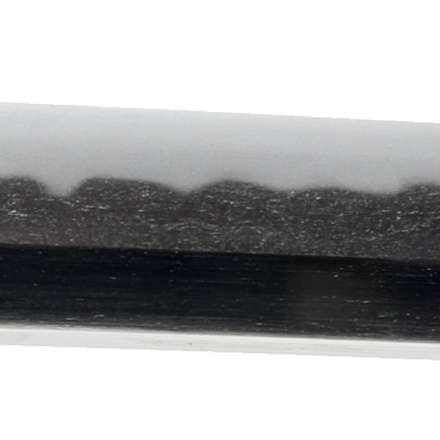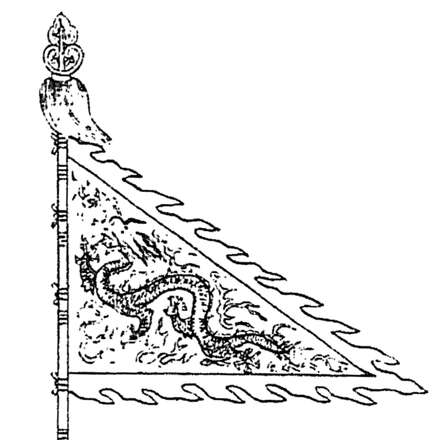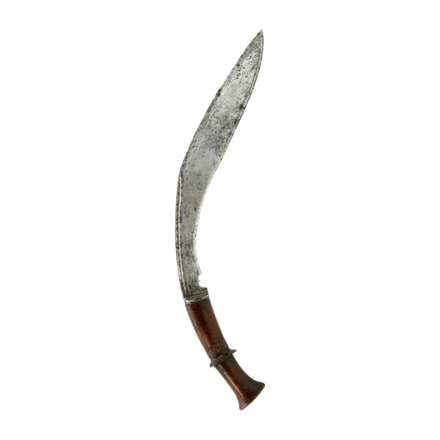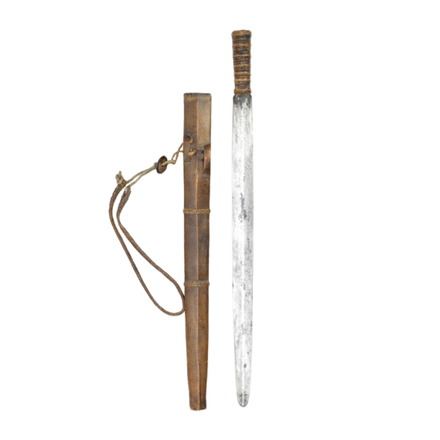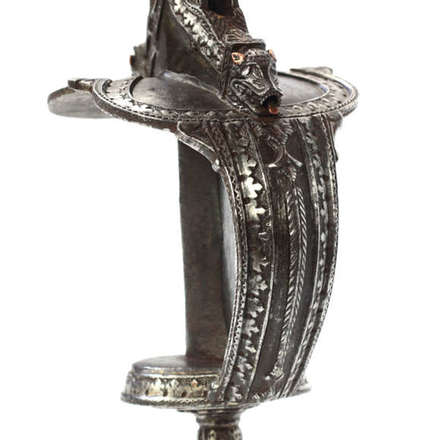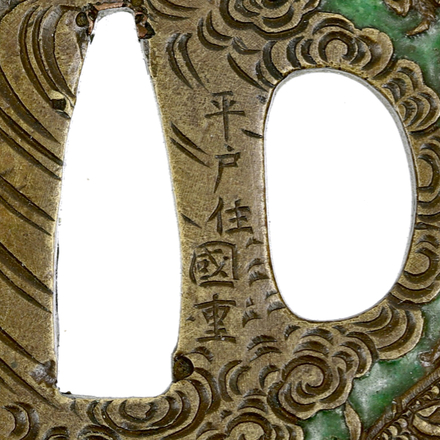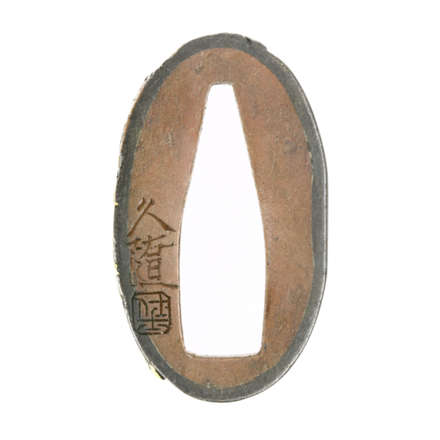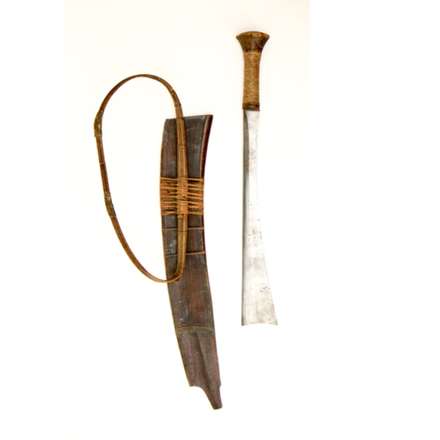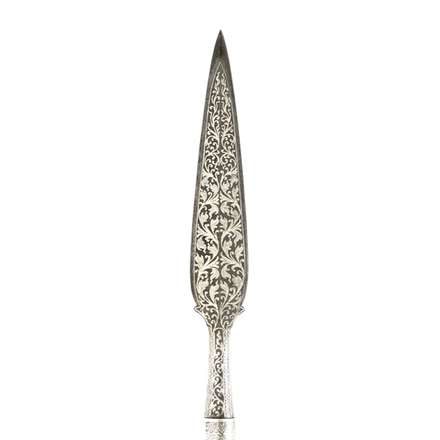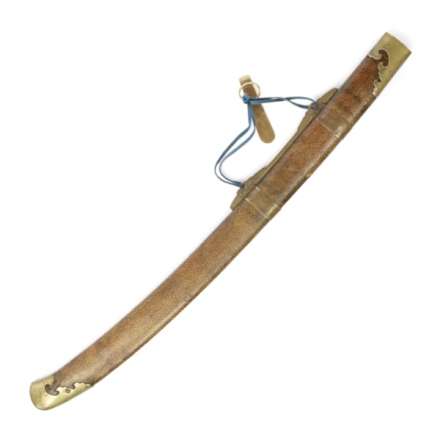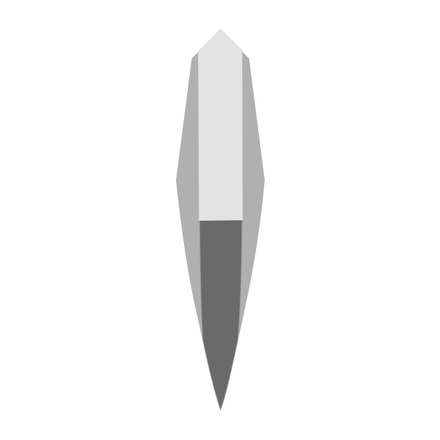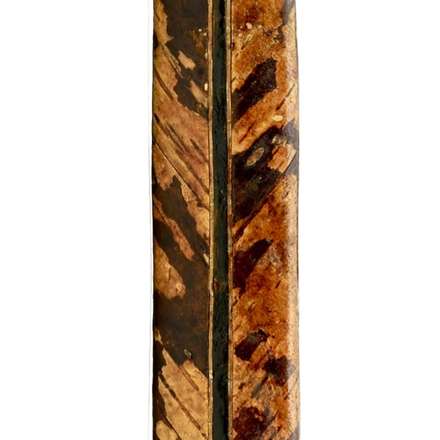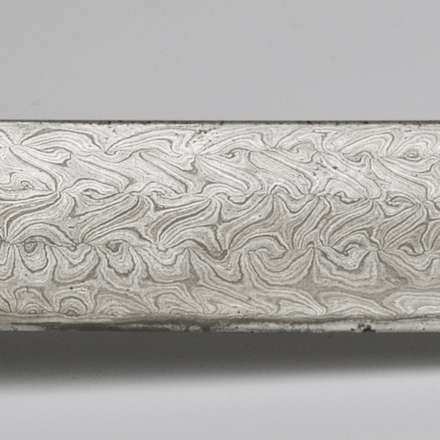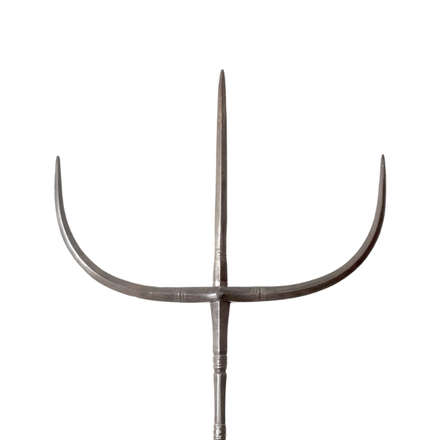The Vietnamese two-handed saber.
A natural latex made from the sap of the Palaquium gutta tree.
Language: Manchu
Source: Classical literature
Language: Japanese
Origin: Old literature
Signed an Ottoman bow made in late 1824 or 1825.
Nepali word for a kind of ornamentation on a khukri handle, like a succession of hooks
Collector's term for a type of blade forging mostly seen in the Himalayas.
A style of Indian sword hilt
A style of Indian sword hilt.
Ifugao word for a rolled up tang hilt
Japanese term for the temperline on a blade, typically achieved by differential heat treatment.
A hereditary Chinese warrior class who served the Qing under the Chinese Eight Banners.
A commonly used name for an early type of long slender khukurī.
Ifugao word for a double-edged knife or shortsword with a socket hilt.
A type of Indian closed hilt design.
A group of Japanese sword fitting makers working on the island of Hirado.
A Japanese maker of sword mounts, active in the Edo period.
Burmese trade name of the lin gin, a machete-like sword.
Burmese for spear, lance, or javelin.
Manchu word for scabbard.
Japanese word for a sword construction with a high carbon edge plate under a soft core, flanked by medium steel.
Chinese term for the "painted birch bark" often covering composite bows.
A type of pattern welding known in English as twist-core.

